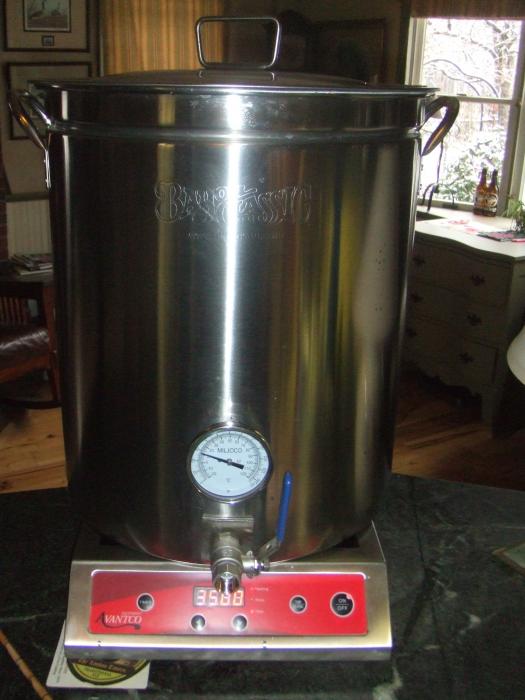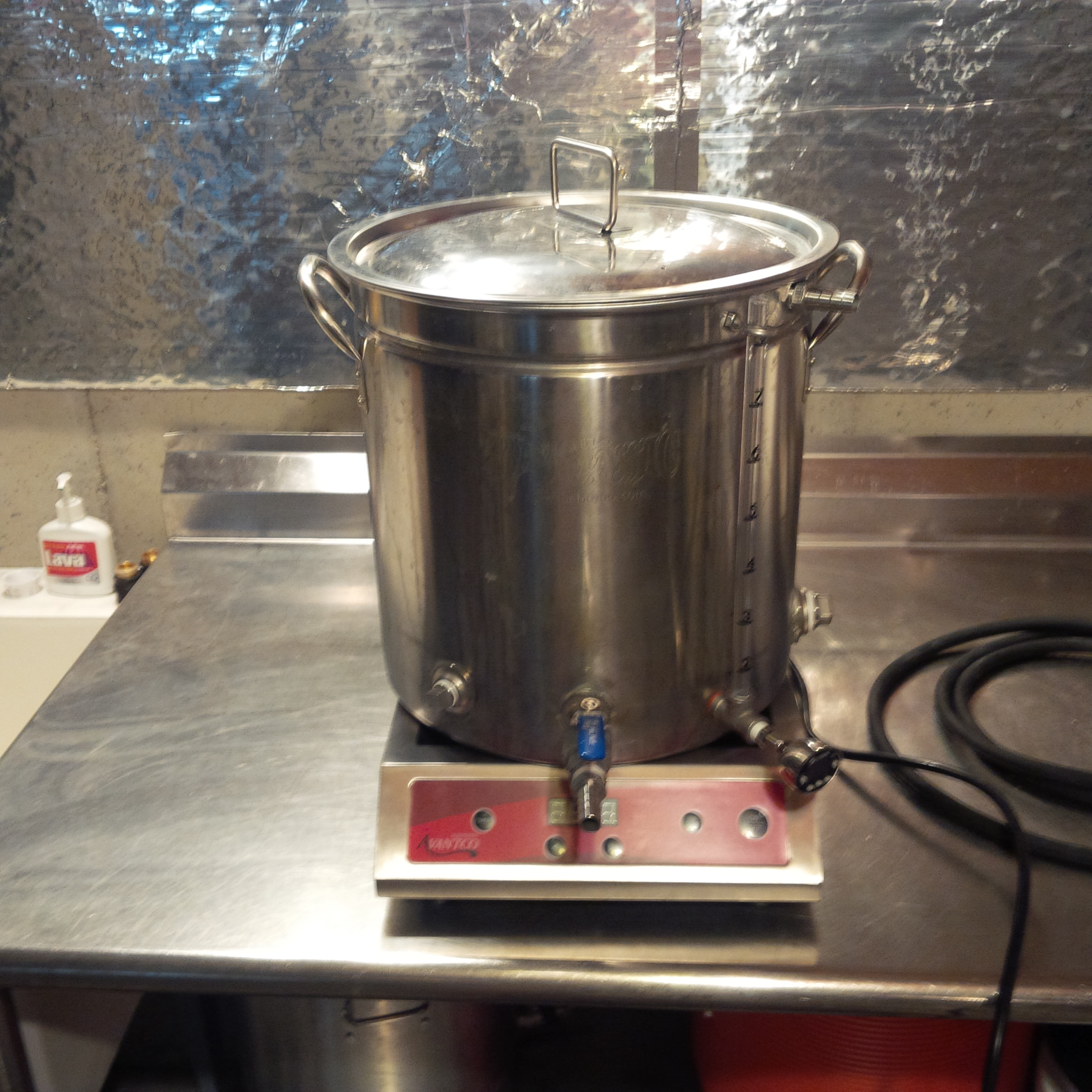I think this is more than a science project...
Here is an instructable for one:
http://www.instructables.com/id/30-kVA-Induction-Heater/
Shows that for a couple hundred dollars you can make one that can output the same as some $5000 commercial models.
I would like to see about reverse engineering a cook top like on thread title to do this; what would your thoughts be on that? I haven't been able to find anything on how to do this yet but will keep looking.




